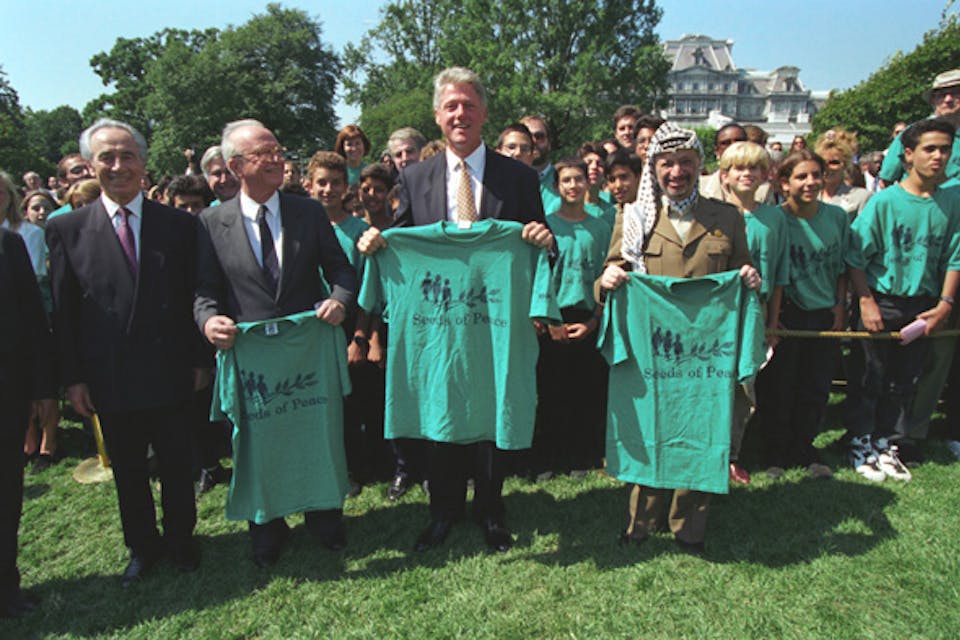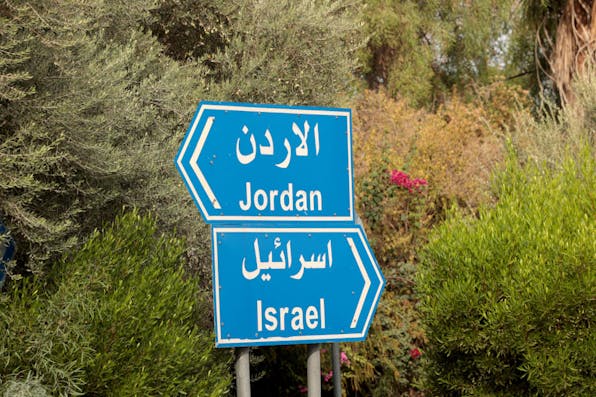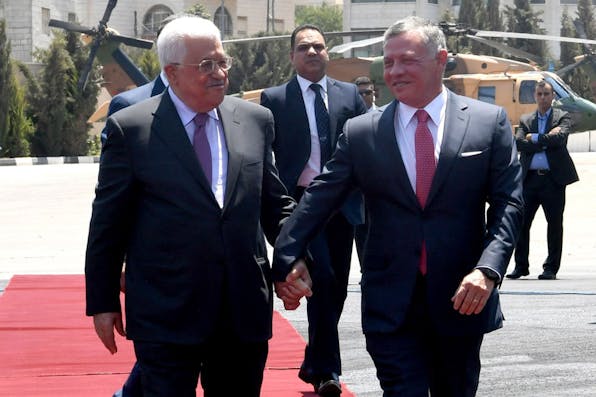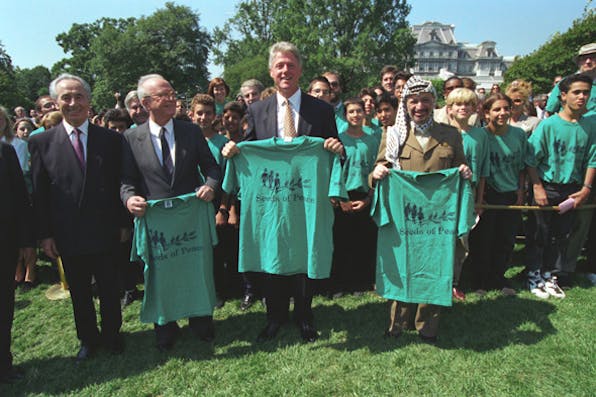
October 6, 2025
No One Knows What’s Next, But It Cannot Be the Old Two-State Solution
The future for the Israeli-Palestinian conflict is far from clear, but it’s high time to take the moribund formula off life support.
Messrs. Kedar, Schenker, and DeMogge have my gratitude for their thoughtful comments.
All of us agree on the dangers of a Palestinian state, and I further agree with Rafi DeMogge (though I am more optimistic than he) that “preventing the establishment of a terror state on Israel’s eastern border requires active, tireless work.” Mordechai Kedar reminds us very usefully that the conflict between Israel and the Palestinians is not only national but religious in nature, and that it is seen by many Palestinians—and other Arabs—as a form of jihad or holy war to reclaim Islamic lands. But the Abraham Accords are a reminder that not all Arab states share these views, and actual movement toward Palestinian statehood is not inexorable. Indeed, despite all those UN speeches “recognizing” Palestine, statehood seems to me further away, today, than it was in 2000 or 2008.
It is striking how much the responses address the “Jordanian option.” My essay was primarily about why Palestinian nationalism had failed to produce a state and would continue to do so, not about possible alternatives to the “two-state solution.” Perhaps the great degree of agreement on my main argument is what led to the concentration on the West Bank and Jordan.
Responses to September ’s Essay

September 2025
Jordan Might Not Want Confederation with Palestinians, and Might Not Survive It
By Rafi DeMogge
September 2025
With Israel-Jordan Relations at an All-Time Low, the Countries Aren't Likely to Cooperate in the West Bank
By David Schenker
September 2025
Why the Two-State Solution Is Dead—and What Comes Next
By Elliott Abrams, Jonathan Silver
September 2025
The Central Obstacle to Peace between Israel and the Palestinians Isn't Politics
By Mordechai Kedar
September 2025
No One Knows What’s Next, But It Cannot Be the Old Two-State Solution
By Elliott Abrams